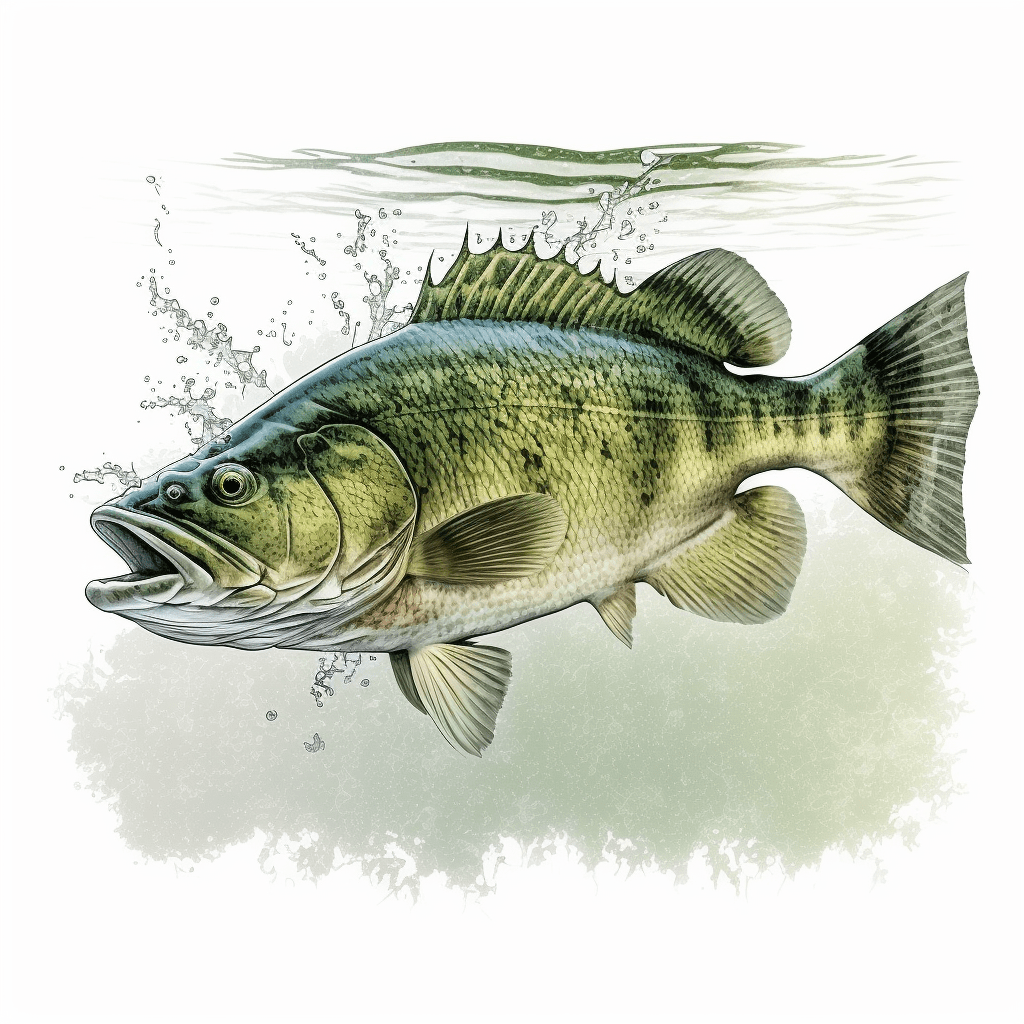
Largemouth Bass (Micropterus salmoides) is a popular game fish that can be used in an aquaponics system. Although the Largemouth Bass has its benefits, it can be a bit more difficult to grow than other fish. It can be challenging for those that do not have an adequate system or environment to grow them in. Below are some things you should consider before using Largemouth Bass in your aquaponics setup:
- Temperature: Largemouth Bass thrive in water temperatures ranging from 65°F to 85°F (18°C to 29°C). They can tolerate a wider range, but growth and reproduction rates may be affected. It is essential to maintain a stable water temperature, as sudden fluctuations can stress the fish and make them susceptible to diseases.
- Water quality: Largemouth Bass require good water quality, including a pH level between 6.5 and 8.0. Ammonia and nitrite levels should be kept as close to zero as possible, while nitrate levels should be maintained below 150 ppm. Regular water testing and adjusting your system accordingly will help maintain optimal water quality.
- Stocking density: When it comes to stocking density, it is essential to provide enough space for the fish to grow and reduce stress. In an aquaponics system, Largemouth Bass can be stocked at a density of 1/4 to 1/2 pound of fish per gallon of water, depending on the size of your system and filtration capabilities.
- Feeding: Largemouth Bass are carnivorous and require a high-protein diet. Feed them a good-quality pellet feed that contains at least 40% protein. Be careful not to overfeed, as uneaten food will decompose and compromise water quality. Feed the fish multiple times a day, providing only what they can consume within a few minutes.
- Breeding: Breeding Largemouth Bass in an aquaponics system can be challenging due to their territorial nature during spawning. However, it is possible to breed them by providing proper spawning habitat, such as gravel beds, and maintaining optimal water conditions.
- Plant selection: When choosing plants for your aquaponics system, consider selecting those that can tolerate the warmer water temperatures preferred by Largemouth Bass. Some suitable plant options include lettuce, watercress, basil, mint, and tomatoes. You may need to supplement your system with additional nutrients, especially if you’re growing fruiting plants like tomatoes, as fish waste alone may not provide all the nutrients required.
- System design: Ensure your aquaponics system design can accommodate the biological filtration and aeration needs of the Largemouth Bass. Adequate filtration is crucial to maintain water quality, while proper aeration ensures sufficient oxygen levels for both fish and plants.
By following these guidelines and carefully monitoring your system, you can successfully incorporate Largemouth Bass into your aquaponics setup, providing a sustainable source of protein while growing a variety of plants.
Final Thoughts:
This fish is much less tolerant to unfavorable water conditions than the Tilapia. It can be successfully grown in an Aquaponic system, but it requires a vigilant and patient grower to do so because it takes between 16-17 months to produce a table-ready fish and a lot can go wrong. They do not do well with less than delicate handling. Nor do they like bright light and cannot tolerate poor nutrition. They are one of the most sensitive fish to raise; and their water temperature and oxygen levels need to be monitored daily. The young fingerlings need to be trained to feed on pellets.



